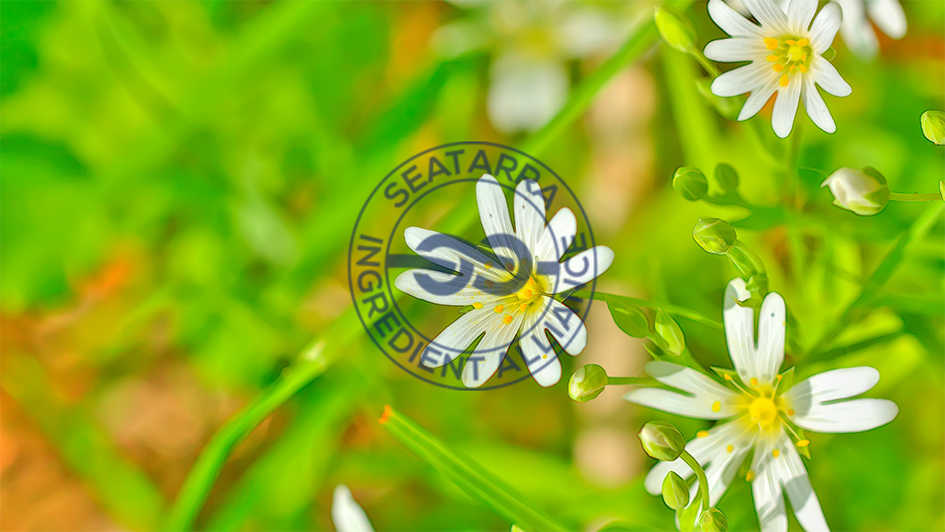
Wild Herbs: How to Safely Forage and Use Them for Health
In the world of herbal medicine, foraging for wild herbs offers a unique, enriching experience that connects us with the natural environment and its seasonal rhythms. However, the practice of collecting wild plants for medicinal use requires knowledge, respect for nature, and adherence to safety guidelines to ensure that both the forager and the ecosystem benefit. This comprehensive guide delves into how to safely identify, harvest, and utilize wild herbs for health, enhancing your herbal medicine practice with the bounty of the wild.
Understanding the Basics of Herbal Foraging
Foraging for wild herbs is an ancient practice that requires both skill and understanding. It involves more than just picking plants; it requires knowledge of the ecosystem, recognition of sustainable practices, and awareness of the legalities of harvesting wild plants. Proper identification is crucial, as many beneficial herbs have toxic look-alikes. Beginners should always forage with experienced gatherers or rely on detailed guides and apps dedicated to plant identification.
Preparing for a Foraging Trip
- Learn Local Regulations: Familiarize yourself with local laws regarding wild plant harvesting. Many areas have restrictions to protect native species and ecosystems.
- Study Plant Identification: Invest time in studying plant identification through books, courses, or guided walks. Misidentification can lead to serious health risks.
- Pack Appropriately: Bring field guides, a notebook, bags for collecting herbs, gloves, and suitable clothing for protection against the elements and insects.
Essential Wild Herbs for Health
1. Nettle (Urtica dioica)
Nettle is highly nutritious and has historically been used for its anti-inflammatory properties. It is often used to alleviate arthritis symptoms, support urinary health, and boost iron levels.
- How to Forage: Nettle is commonly found in rich soil, disturbed habitats, and along rivers. Wear gloves to avoid its sting when fresh.
- How to Use: Boil fresh leaves to make a tea or soup, which neutralizes the stinging chemicals.
2. Yarrow (Achillea millefolium)
Yarrow is renowned for its ability to stop bleeding and aid in wound healing. It also supports digestion and helps reduce fevers.
- How to Forage: Yarrow is often found in fields, meadows, and roadside areas. It is identifiable by its feathery leaves and clusters of white to pink flowers.
- How to Use: Use the leaves and flowers to make tea, or apply crushed leaves to cuts to promote clotting.
3. Chickweed (Stellaria media)
Chickweed is effective in treating skin conditions and boasts anti-inflammatory properties. It’s also a tasty, nutritious addition to salads.
- How to Forage: Common in cool, moist areas. Often found as a garden weed.
- How to Use: Add fresh to salads or use as a soothing skin salve.
4. Mullein (Verbascum thapsus)
Mullein is beneficial for respiratory problems. It acts as an expectorant, helping to clear congestion and soothe irritated mucous membranes.
- How to Forage: Look for its tall, dense spike of yellow flowers and large, velvety leaves in fields and open areas.
- How to Use: Dry the leaves and flowers to make a tea that soothes the throat and clears the lungs.
5. Goldenrod (Solidago spp.)
Goldenrod is often unjustly blamed for causing hay fever, which is actually due to ragweed. It’s a fantastic herb for urinary tract health and reducing inflammation.
- How to Forage: Found in meadows and along roadsides, goldenrod has bright yellow flower clusters.
- How to Use: Brew the flowers and leaves as a tea to support urinary tract function and reduce inflammation.
Ethical Foraging Practices
- Only Take What You Need: Harvest only what you plan to use, ensuring you leave enough for the plant to continue to thrive.
- Respect the Habitat: Avoid trampling surrounding plants and wildlife habitats while foraging.
- Leave No Trace: Be mindful of your impact on the environment. Carry out anything you bring in.
Integrating Wild Herbs into Your Health Regimen
- Consult With a Healthcare Provider: Before adding any new herb to your diet, particularly if you have existing health conditions or are taking other medications, consult with a healthcare provider.
- Educate Yourself on Herbal Medicine: Learn about the properties and potential side effects of herbs. Start with small doses to monitor your body’s response.
- Preserve Your Herbs: Learn methods to dry, infuse, or otherwise preserve your foraged herbs to extend their usability throughout the year.
Conclusion
Foraging for wild herbs can be a rewarding activity that connects you with nature and provides health benefits. However, it requires careful preparation, respect for nature, and proper knowledge to ensure safety and sustainability. By following these guidelines, you can enjoy the vast world of wild herbal medicine and enhance your well-being with nature’s own remedies.



